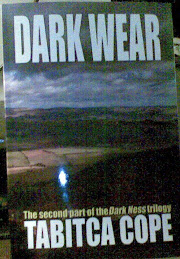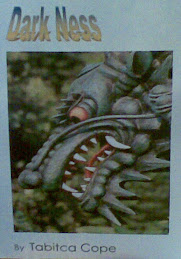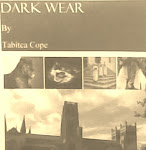Mega-croc
vs supersnake: Researchers reveal 16-foot, 900-pound ancient species of
crocodile that battled with 58 foot Titanoboa snake 60 million years ago
By Mark Prigg
Researchers have revealed a 16-foot, 900-pound
ancient species of crocodile that battle with 58 foot long snakes that swam in
the same rivers as Titanoboa 60 million years ago in the world’s oldest-known
rain forest.The terrifying reptile, which has an unusually blunt snout, had an
incredibly strong bite, the researchers say.The claim the discovery sheds new
light on the diversity of early rainforests, and how adaptable crocodiles are. The new species in the dyrosaurids family,
lived alongside the 58-foot Titanoboa as portrayed in the Smithsonian Channel
documentary on the 'monster snake.' Scientists assigned the species’ name,
Anthracosuchus balrogus, in a study appearing online today in the journal
Historical Biology.
The incredible sea
slugs discovered living in Strangford Lough
By Linda Stewart –
Up to seven species of sea slug new to science could have been found in
Strangford Lough. Fifteen divers who searched the lough last week have found
more than 60 species of sea slug, including two that have never been found
there before.Among the finds on the 'Nudibranch Safari' were seven sea slugs
that will undergo testing to find if they are new, unnamed species.Seaslugs are
predators and some are capable of taking on the defences of their prey, such as
poisonous chemicals and stings, to use in their bodies to fend off attackers.One
slug takes the green parts of seaweed into its skin so it becomes
photosynthetic.



















